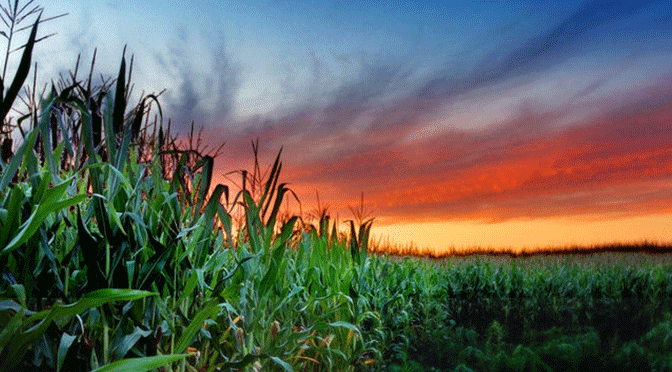3D printing, a term more heard than understood, is finally making baby steps in Kenya. The question is what is 3D (three-dimensional) printing? Simply put, it’s the process of creating a three-dimensional solid object from a digital model.
A good portion of our Kenyan folk has never heard, let alone see a 3D printer. Reasons for this? Well, 3D printers have made a fairly recent penetration in the Kenyan scene. The other reason is that they have been mainly used in manufacturing industries and research institutions. Cost is also another issue. With starting price tags of about Sh.100,000 (from 3dnano), it’s not hard to see why an individual like me would prefer settling my HELB loan kwanza before thinking about one of these beauties.
Let’s pump in a little more useful knowledge.
How does a 3D printer work?
The following steps are typical:
- Start by making a virtual model using a Computer Aided Design (CAD) program. The CAD file is set at 3D modeling to create a new object
- A 3D scanner can also be used to copy an existing object hence making the digital copy of the object. Different scanners use different technologies are used to create a model e.g. laser triangulation, structured light including others
- Printing of the design is done
Some of the current technologies in 3d printing include:
- Material extrusion
This is whereby hot thermoplastic or some other semi-liquid material is deposited and hardens immediately after deposition from nozzle controlled by a computer aided manufacturing software (CAM). The most commonly used technology is the FDM.
- Material jetting
This is a technology where the objects are created using a light source to solidify a liquid photopolymer.
So where can we come across 3d printers in our daily lives?
- Manufacturing industries where parts of machines are to be fabricated quickly
- Hospitals where organs are printed and coated with live tissue, implants and prosthetics
- Personal printing for some people who own these printers to print simple objects e.g. toys or even utensils for every meal! (lazy bastards)
Check out this West African guy who made his 3D printer from reusing e-waste. http://www.treehugger.com/gadgets/african-inventor-makes-3d-printer-e-waste-video.html
In Kenya, the 3D printer made a debut in 2012 at the Nairobi FabLab (University of Nairobi). The growth of 3D printers since then has not been very impressive with UoN being the only university with a 3D printer. Are the rest of the technical universities still staring at the fireplaces left by the Homo erectus?!
Anyway, it’s about time we as a young generation extend our curiosities past the latest episode of Teen Wolf and actually take an interest in these wonderful machines. Who knows, maybe someday we can print custom-made hip extensions (the insecure ladies can thank me later) or a set of dentures for our older generation.
So what kind of future do you see for the 3D printing scene in Kenya?
Warren





